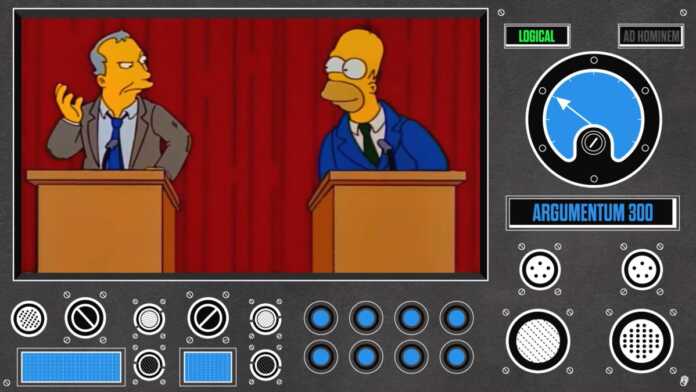In order to forestall the disinformation about refugees from Ukraine, Google wants to display special videos in several European countries.
With short video clips, Google wants to help people in Europe to better recognize disinformation and conspiracy theories about refugees from Ukraine. To do this, Google’s subsidiary Jigsaw draws on findings from an online experiment at the University of Cambridge. This has shown that people on the Internet can be inoculated against tactics from the “script of misinformation” if they are explained. Anyone who is shown how the search for scapegoats works with the help of a clip from the TV series “South Park” can see it better afterwards.
Pilot test in Central Europe
The initiative is based on an experiment led by the University of Cambridge’s Department of Psychology. It was examined how helpful the so-called “prebunking” can be in the fight against disinformation. In contrast to “debunking”, i.e. the subsequent unmasking of false claims, the point is to take action against it in advance. In seven different experiments – one of them on YouTube – it was shown that special videos help to “recognize manipulative techniques, become more self-confident in the search for them, distinguish true from false claims and share content better online”.
The team worked with Jigsaw to create several short videos explaining manipulative techniques using “South Park”, Homer Simpson, “Family Guy” and “Star Wars”. The videos are now to be shown in Poland, Slovakia and the Czech Republic on YouTube and other platforms “to forestall disinformation in connection with Ukrainian refugees”. Poland was chosen because it has a particularly large number of people fleeing Ukraine, while Slovakia and the Czech Republic are good testing grounds for the rest of Europe, Jigsaw’s Beth Goldberg told Reuters. The clips are to be played out on YouTube, but also on Twitter and the Meta platforms.
Resilience to anti-refugee narratives
The playout is now a kind of pilot test, says Goldberg. The campaign aims to strengthen resilience against anti-refugee narratives in cooperation with non-governmental organizations, fact checkers and research. The research team says their approach to combating disinformation is more effective than retrospective fact-checking, which is also impossible to do on a large scale and is seen by some as an attack. Instead, people must be taught to “recognize the rules of the game of misinformation so that they know when they are being misled.” The videos are to be played out as advertising.
“Argumentum ad hominem” explained with The Simpsons
The method is not to be used in the upcoming elections in the USA, but it is an option for the future. The procedure is easy to scale and still remains comparatively cheap. It still needs to be researched how long the measurable effect that manipulative techniques are better recognized will last. In the study, this worked consistently for people on the left (“liberal”) and on the right (“conservative”) in the United States. The research team published the study in the journal Science Advances, and the videos can be viewed online.
(mho)












